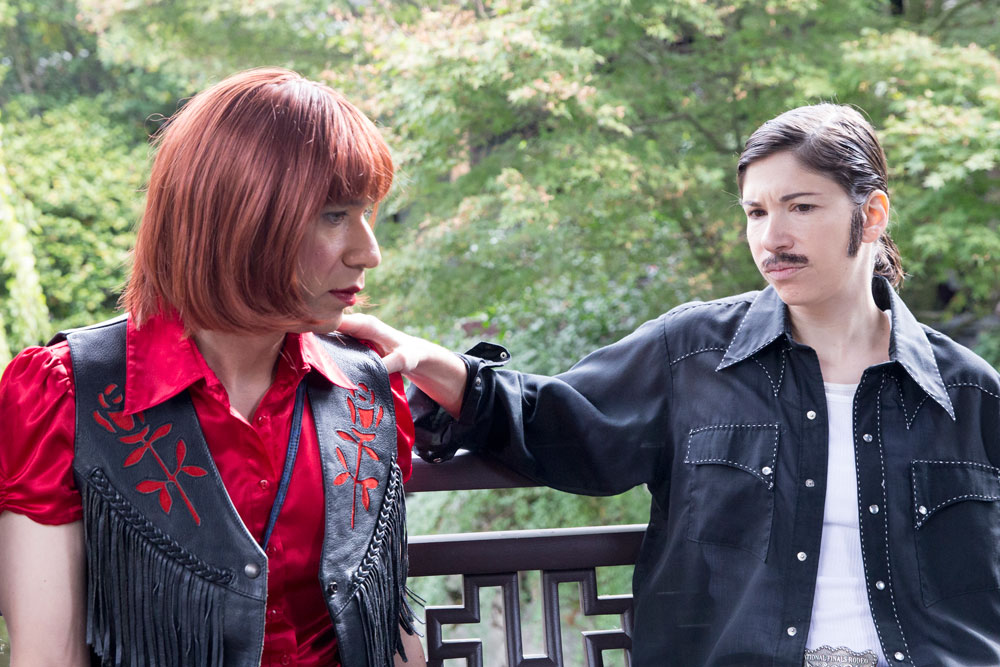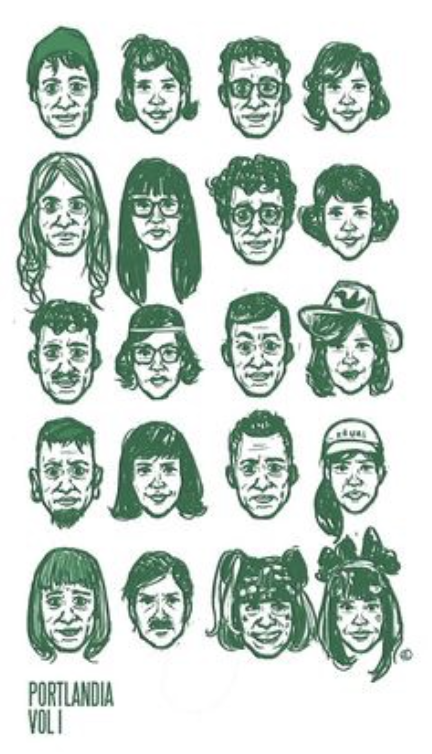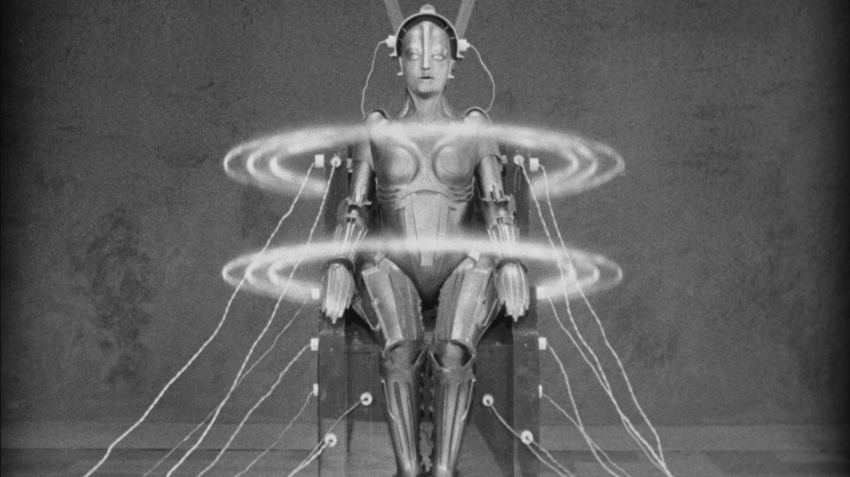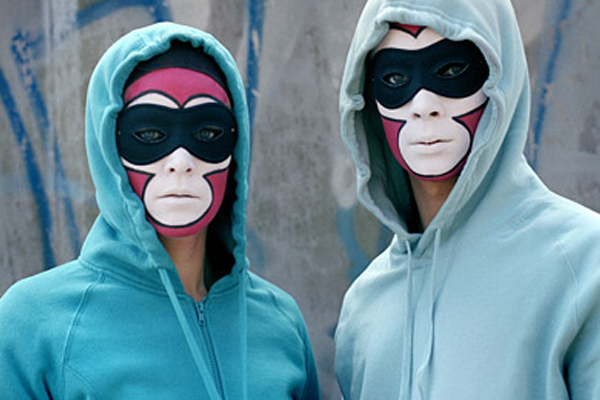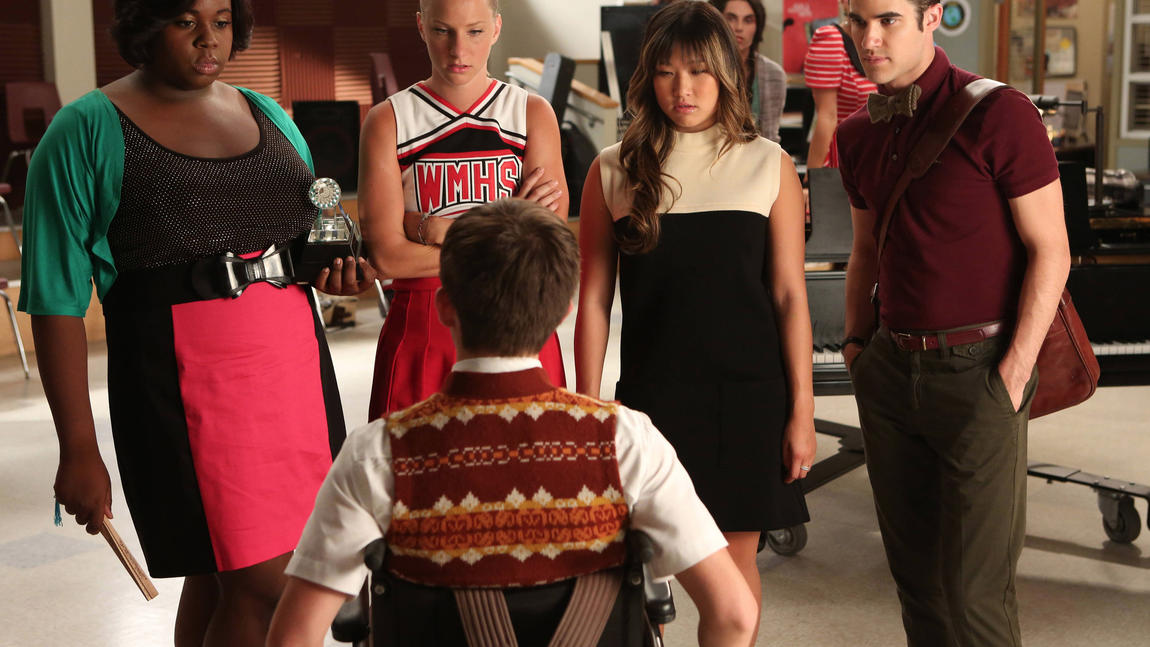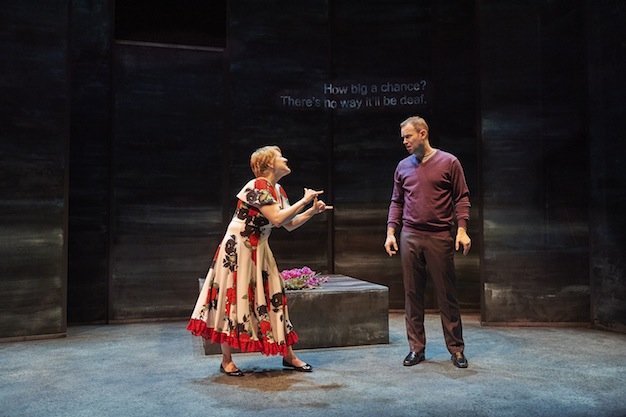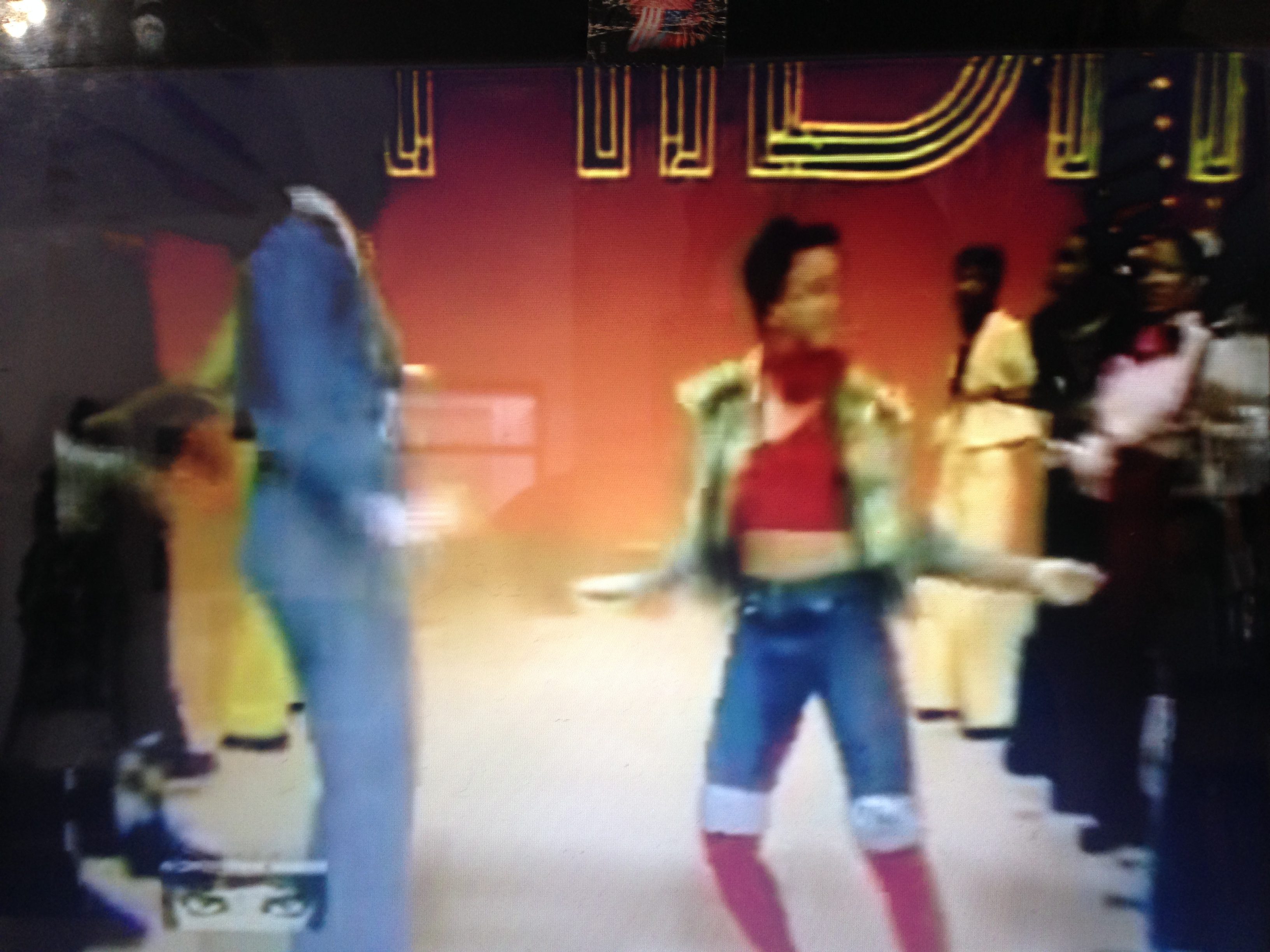 Note: I wrote this three days after the election of Trump. Since then there has been a Muslim ban, the elevation of Bannon to the National Security Council, the removal of the LGBTQ page on the Whitehouse website, Trump’s conflicts of interest, the promise to tear apart the NEA, and worse. I have been protesting and mobilizing, and have been witness to acts of strength and determination, compassion and fierce love. But the initial feeling of the election results still lives in me. It keeps me fighting, and it also keeps me up at night.
Note: I wrote this three days after the election of Trump. Since then there has been a Muslim ban, the elevation of Bannon to the National Security Council, the removal of the LGBTQ page on the Whitehouse website, Trump’s conflicts of interest, the promise to tear apart the NEA, and worse. I have been protesting and mobilizing, and have been witness to acts of strength and determination, compassion and fierce love. But the initial feeling of the election results still lives in me. It keeps me fighting, and it also keeps me up at night.
————————————-
I went to bed before the announcement because I knew and I didn’t want to hear his acceptance speech, which came as we all know, near 3am, falling from his flabbergasted mouth into the mouths of lions.
————————————-
And when Tuesday happened <there are no words, no words, no words> it felt like this:
(
)
————————————-
For two full days, the subway rides felt like funeral processions, traveling from graveyard to graveyard, the mourning commuters like parishioners – a procession of silence.
————————————-
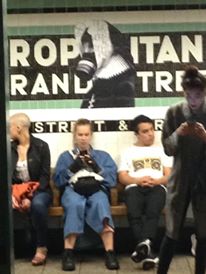 And then the violence – almost immediately the violence. Coming home on the train from who knows where, two older women got on at the Hoyt Schermerhorn stop. I’d seen them before, two harmless old ladies with greying hair. One of them had an aging poodle in a baby carriage.
And then the violence – almost immediately the violence. Coming home on the train from who knows where, two older women got on at the Hoyt Schermerhorn stop. I’d seen them before, two harmless old ladies with greying hair. One of them had an aging poodle in a baby carriage.
They started yelling.
– I voted for him, but I’d never tell my son that. He’s gay.
– Yeah.
– They think they can just get married?
– I don’t think so.
– No.
(Then, yelling louder, looking at people as they yell)
– You can’t marry another man in the church. You just can’t do that.
– Yeah. Yeah.
– God don’t play that game.
The silence around them was deafening. I looked at another woman and she rolled her eyes. It was no conciliation.
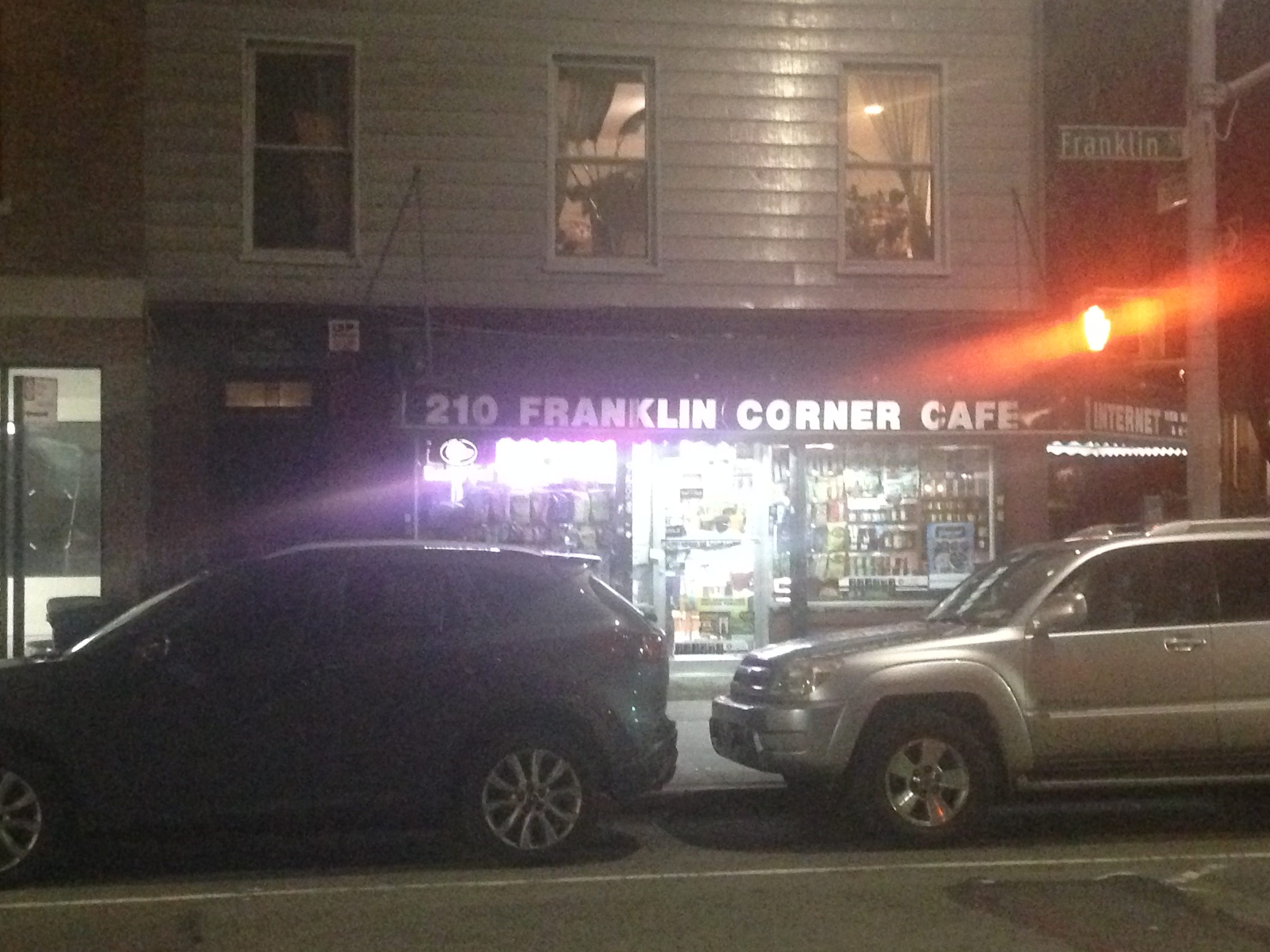
At the corner bodega I walked in to find a Jewish man sitting at a table, staring off into space, brown snakeskin boots peeking out the bottom of his black jeans and dapper wool coat. As I paid for my orange juice he said out loud, to no one in particular:
– I was attacked. I was attacked tonight.
A younger man in his early twenties turned to speak.
– What, man?
– They attacked me. I was standing outside by the Chase bikes, near some pylons, and a white van pulled up. Three men ran out and attacked me.
– Did anyone see it? I asked.
– The neighbours came out. They ran at the men and they jumped in their van. They drove away. I called the Detectives.
– I’m glad the neighbours came, the young man said.
– Yes, I mirrored, I’m so glad they were there.
The Jewish man stared off into space.
– Yes, I told the Detectives.
– It’s going to be okay, I said to him, and partially to myself. We’re here, we will protect you.
– Yes, the Jewish man agreed.
Then, he went back to staring into space, repeating to himself in disbelief.
– They attacked me. They attacked me.
————————————-
It’s only been a week. Less than that. Or is it more than that? The days don’t make sense right now. I’m taking Rescue Remedy to fall asleep. I don’t want to dream. I don’t want to remember anything. I don’t want to believe anything.
————————————-
A facebook post from an agnostic friend:
– I’m not religious, but I can’t help but wonder…what would Jesus do?
And the first comment:
– The Jesus I know would be torn limb from limb at one of his rallies and left for dead.
————————————-
On a bike riding to rehearsal, I come to a red light and a car pulls up beside me. The man inside stares at me and will not look away. He’s wearing a green army cap. It is night and I can’t help but be afraid.
Is that fear in his eyes or anger? I hate that I have to think about that question. I don’t want to find out. I ride through the red light and peddle faster towards my destination.
————————————-
What truly scares me is that I have no idea what to expect.
But always now the rotting stone in my belly and the endless instinct.
This is not normal.
Danger. Danger. Danger.
————————————-
Why am I not on a plane back to Canada? I’m not American. I could easily lie to myself, believe this is not my fight.
I say this, and then turn onto my side. The person I love more than breath, my darling one, asleep beside me. A few weeks earlier, the first time at a synagogue for Rosh Hashanah, I danced in celebration of the Jewish New Year.
Swastika’s sprayed on school lockers. An African American boy’s neck held in a noose by 12 year olds. They pulled it tight.
This is not normal.
Danger. Danger. Danger.
————————————-
Last night, I sat in the audience at St. Marks church. Two men dancing a piece that was choreographed in the early 90s. They talk about the AIDS crisis, about being young, being black, being gay. One of them starts dancing in a pair of devils ears, speaking in broken French. They lick each other’s necks and embrace. Then they pull people out of the audience as 70s funk music starts to play, blasting through the speakers. Everyone forms two lines, couples dancing down the space in the middle. The crowd cheers, and I look across the aisle.
– Oh Gawd! I laugh, recognizing the reference to Soul Train. Oh Gawd!
My face feels hot, and I touch my cheeks. They are hot.
————————————-
I don’t know why I’m writing this, other than the fact that it’s really all I know how to do. Signing petitions and calling Senators of course. Busy signals in all directions.
————————————-
And then today, minding a friend’s 4 and 6 year old boys. Charlie likes to hold hands with his guy friends, which I’ve never really seen boys do before. He gives me a handmade card that says LOVE on it.
– Melinda gave me that, he says.
– How lovely, I smile.
– Hold onto it, Charlie says. Keep it safe.
“New York Dispatch” is the first article in CdnTimes Volume 8, Edition 6: Letters to Canadians from Americans. The next article is coming February 21, 2017. Visit HowlRound.com for its companion, Letters to Americans from Canadians.
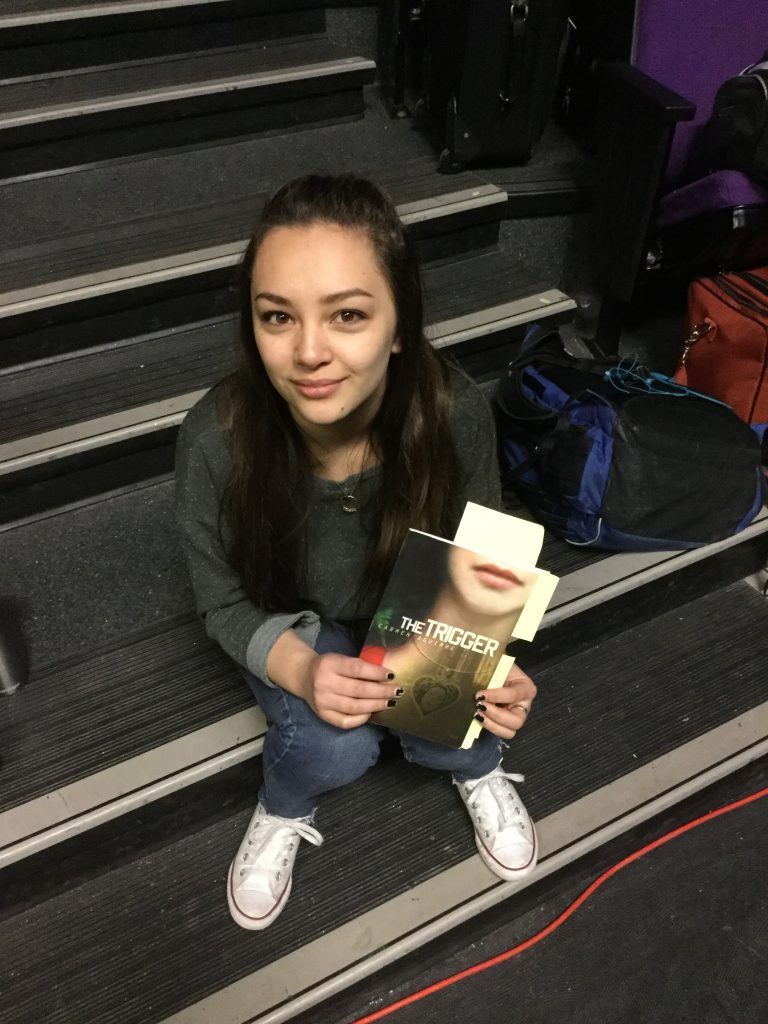
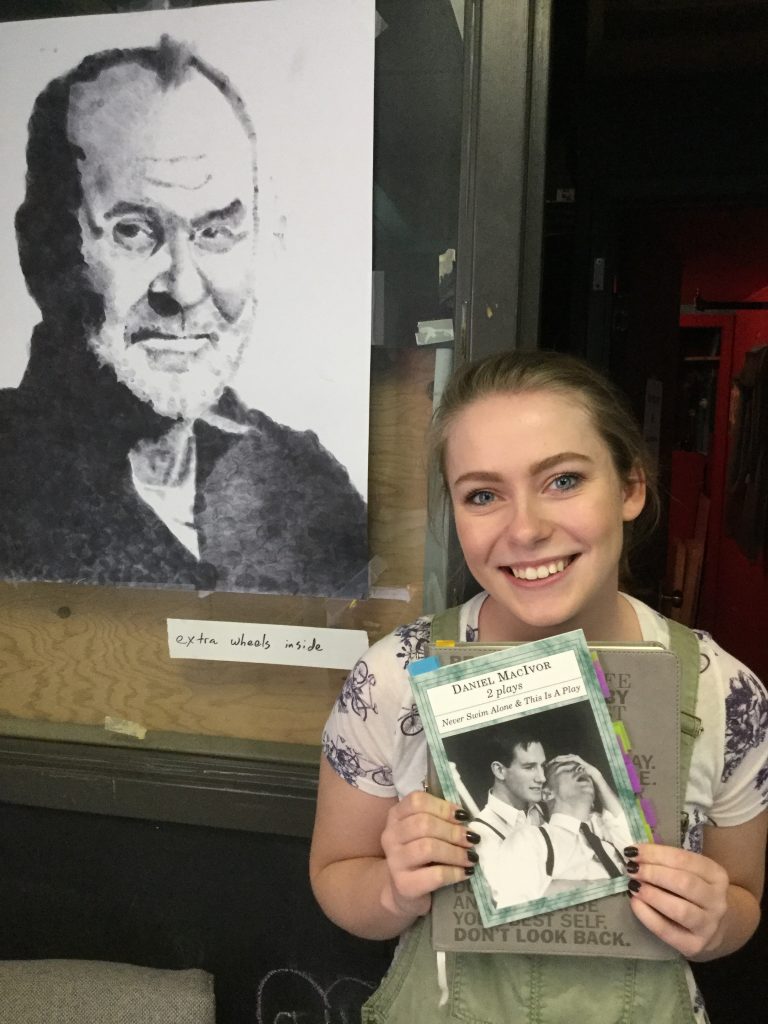
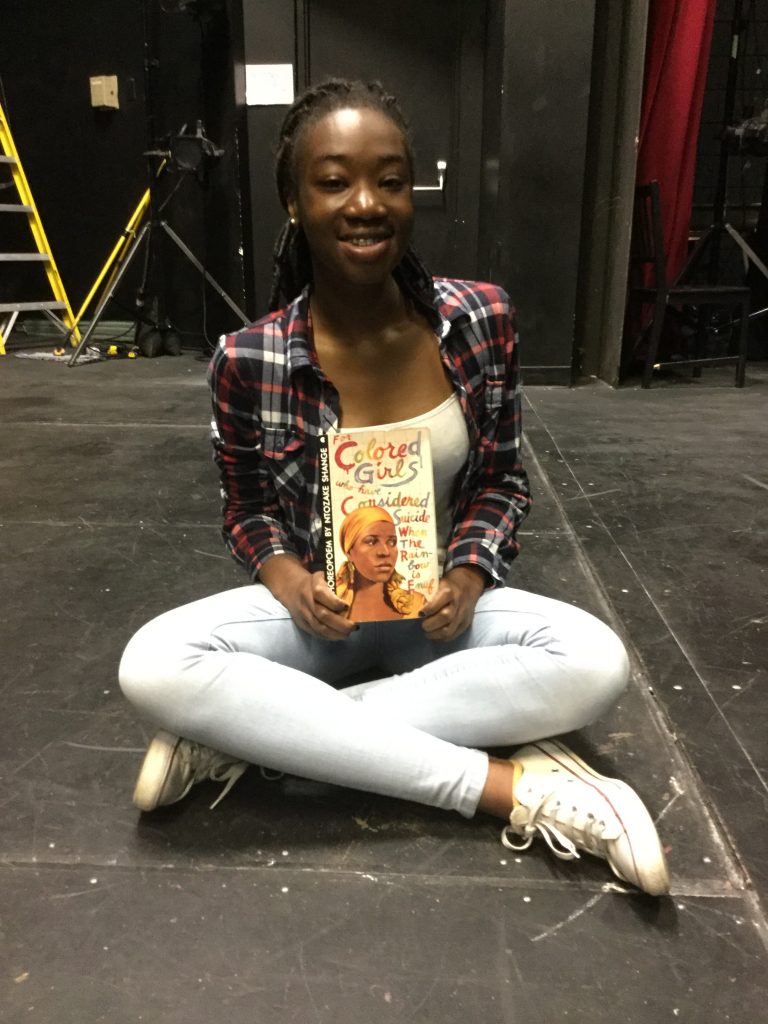
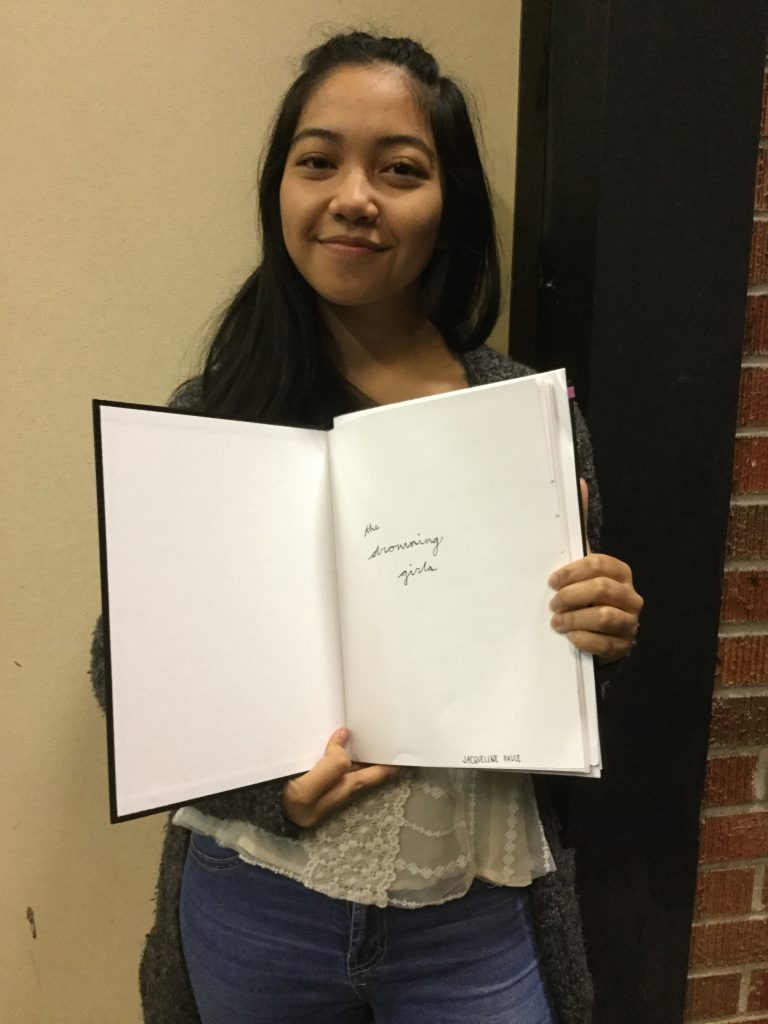
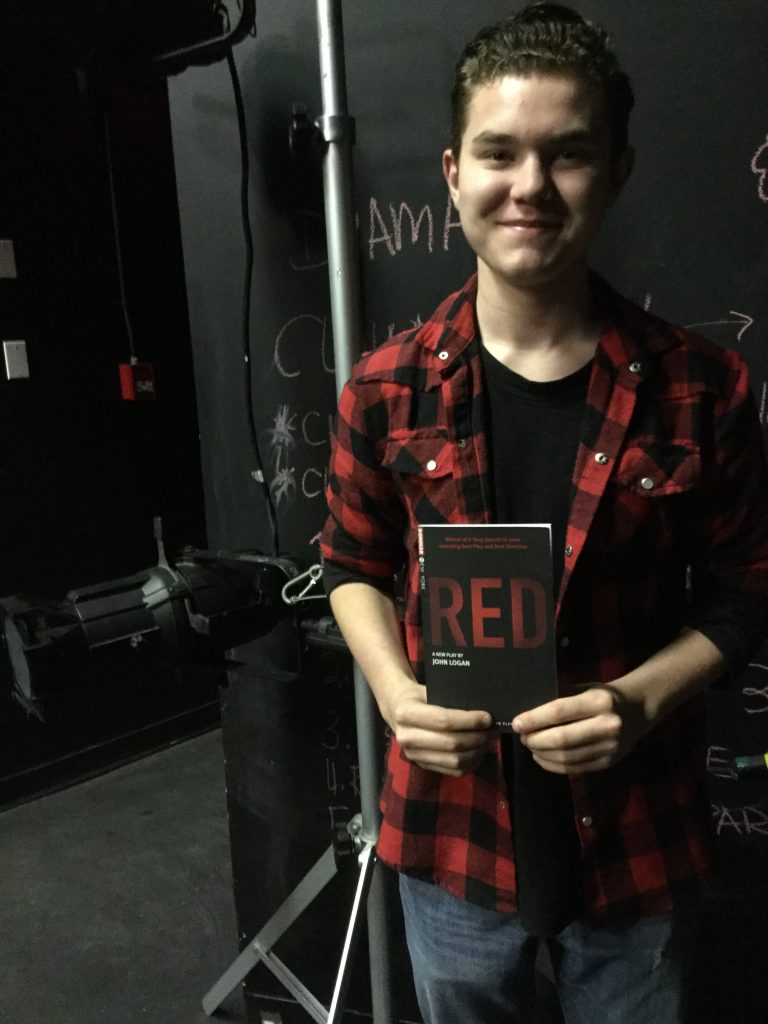
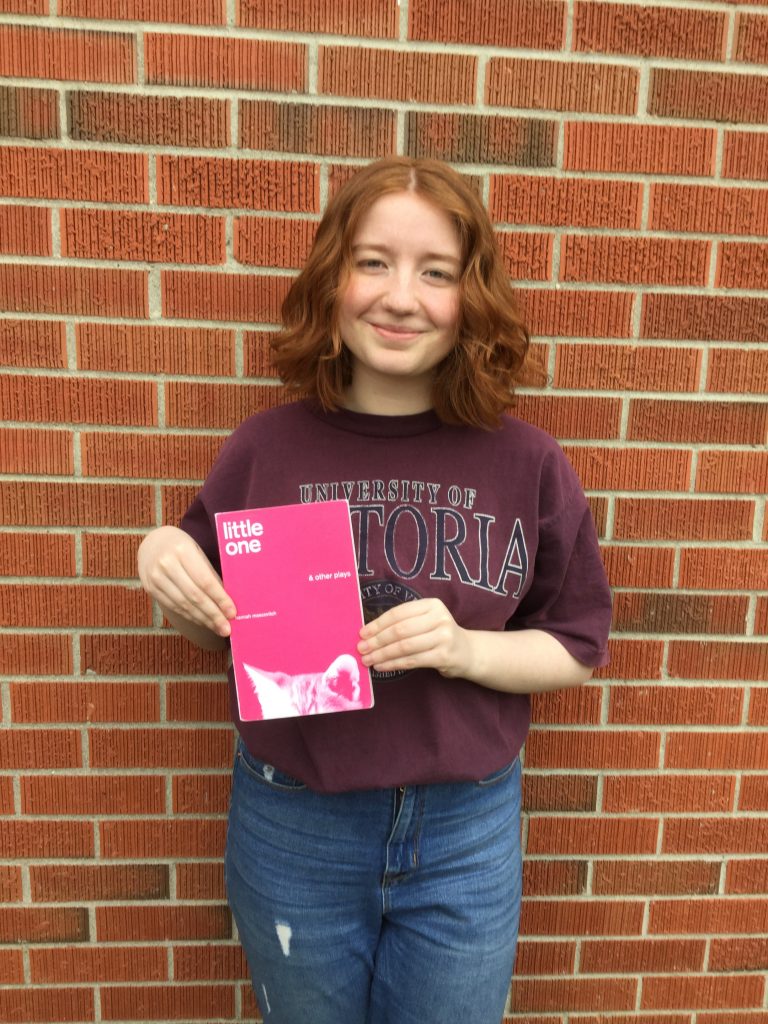
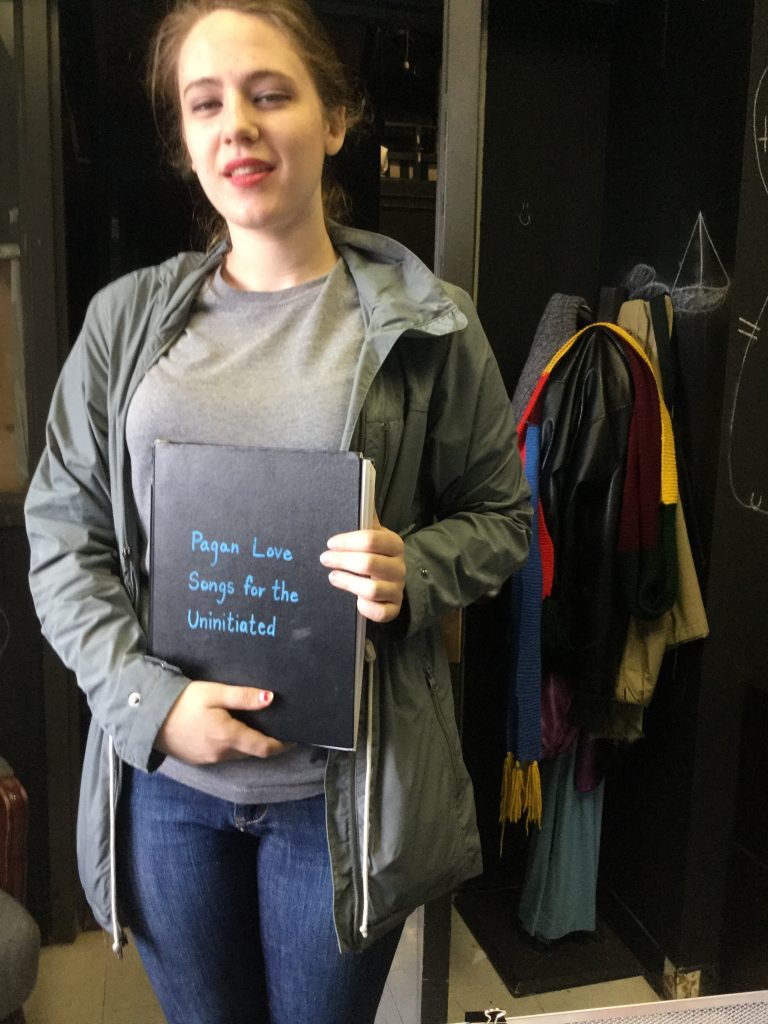
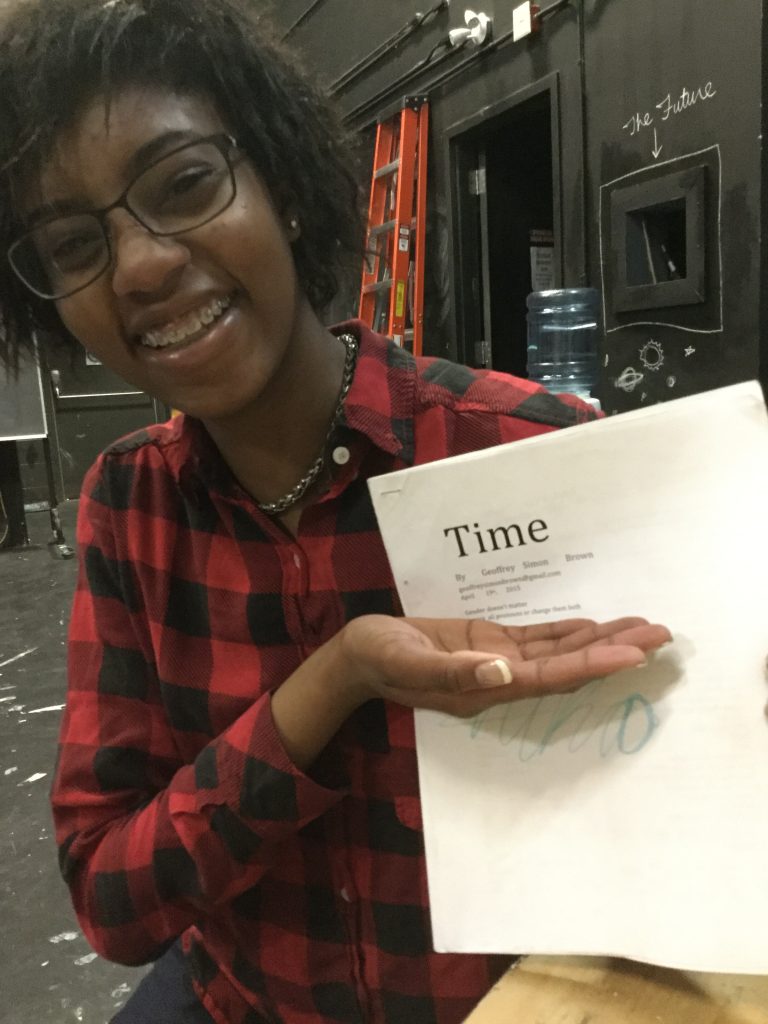

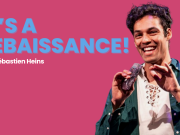




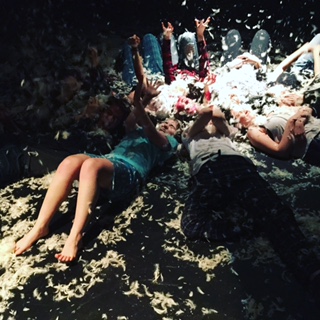
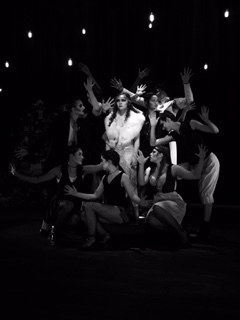
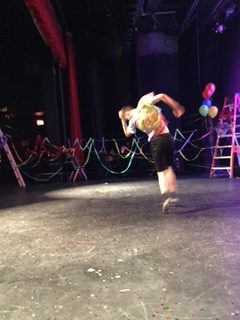
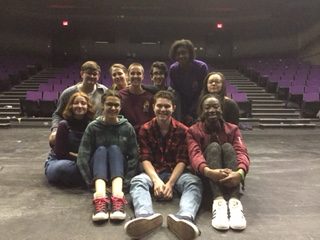
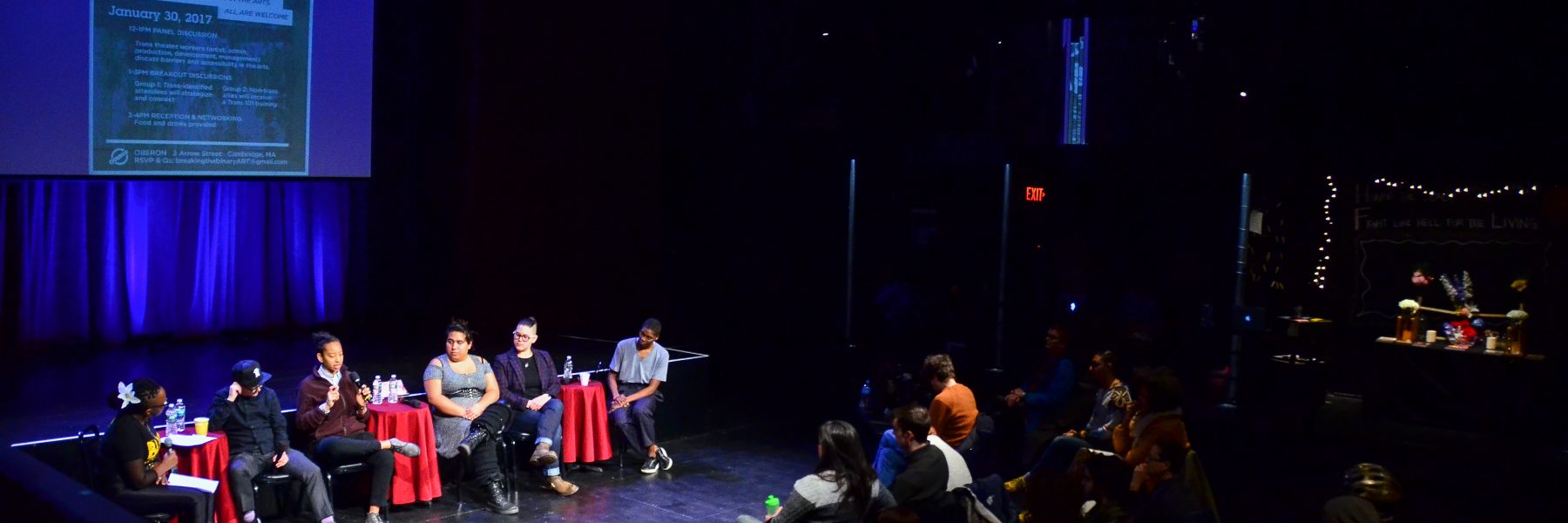
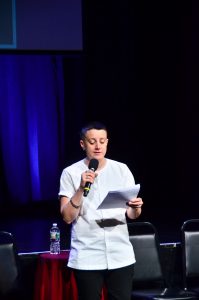
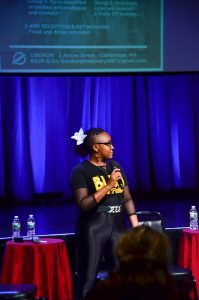
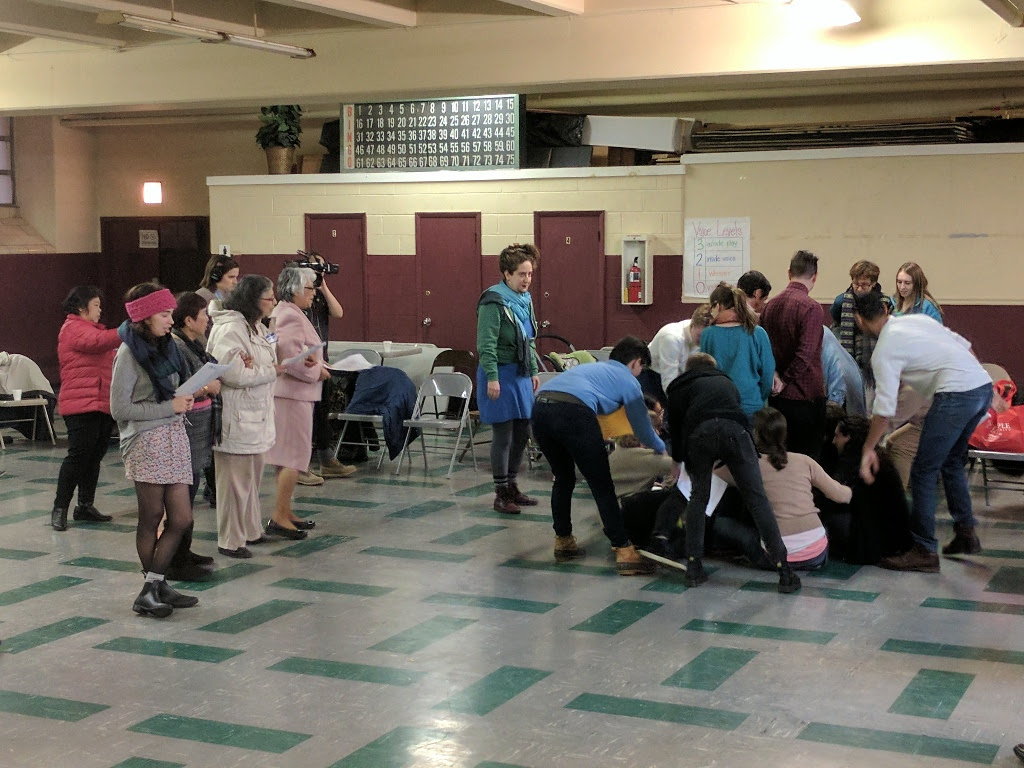
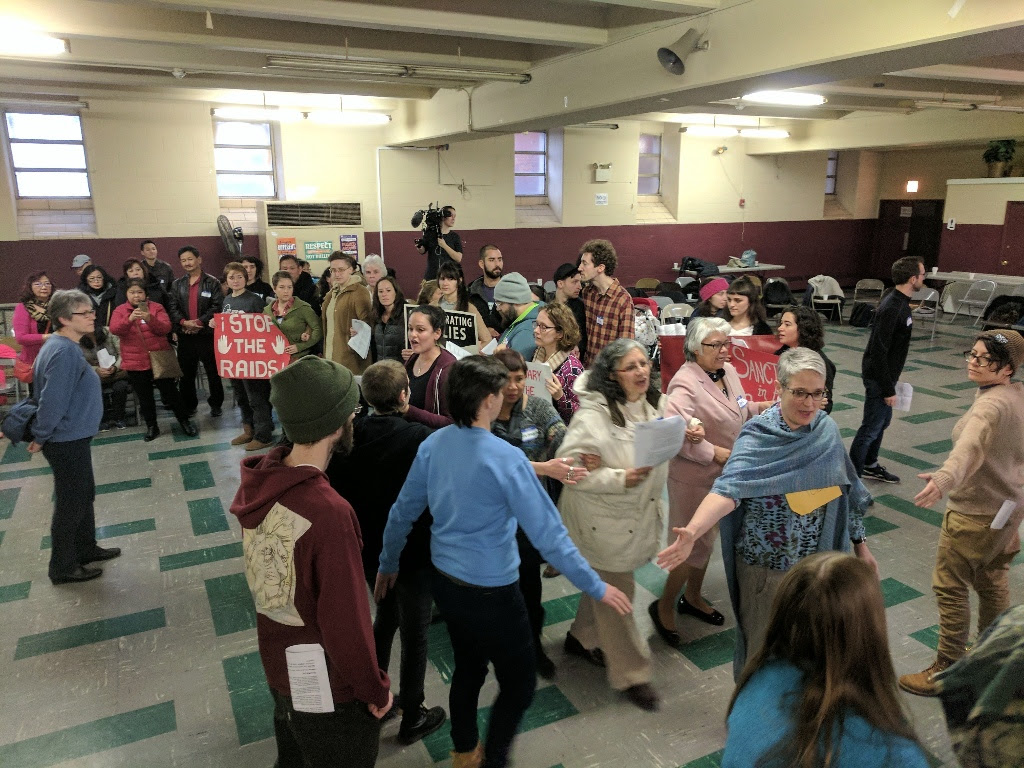

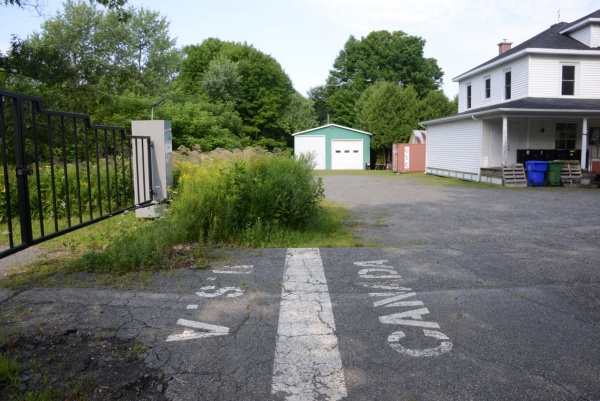
 Note: I wrote this three days after the election of Trump. Since then there has been a Muslim ban, the elevation of Bannon to the National Security Council, the removal of the LGBTQ page on the Whitehouse website, Trump’s conflicts of interest, the promise to tear apart the NEA, and worse. I have been protesting and mobilizing, and have been witness to acts of strength and determination, compassion and fierce love. But the initial feeling of the election results still lives in me. It keeps me fighting, and it also keeps me up at night.
Note: I wrote this three days after the election of Trump. Since then there has been a Muslim ban, the elevation of Bannon to the National Security Council, the removal of the LGBTQ page on the Whitehouse website, Trump’s conflicts of interest, the promise to tear apart the NEA, and worse. I have been protesting and mobilizing, and have been witness to acts of strength and determination, compassion and fierce love. But the initial feeling of the election results still lives in me. It keeps me fighting, and it also keeps me up at night.  And then the violence – almost immediately the violence. Coming home on the train from who knows where, two older women got on at the Hoyt Schermerhorn stop. I’d seen them before, two harmless old ladies with greying hair. One of them had an aging poodle in a baby carriage.
And then the violence – almost immediately the violence. Coming home on the train from who knows where, two older women got on at the Hoyt Schermerhorn stop. I’d seen them before, two harmless old ladies with greying hair. One of them had an aging poodle in a baby carriage.
